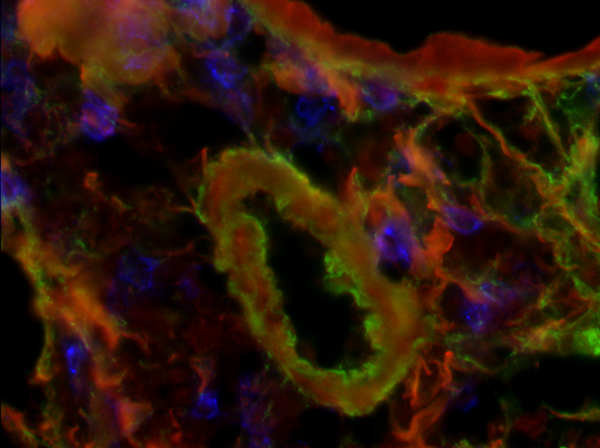URMC / Labs / Topham Lab / Projects / Determinants of Heterosubtypic Immunity to Influenza
Determinants of Heterosubtypic Immunity to Influenza
This project is focused on identifying the specificities of T cell responses to influenza in both animal models and in humans. Although humans possess immune responses that cross-react against different subtypes of influenza (so-called heterosubtypic immunity), there is little evidence of its specificity, and the reasons why it may or may not be protective are unclear. Our lab has shown that optimal CD8 T cell mediated heterosubtypic immunity is provided when T cells are retained in the lung tissue and airways via their interaction with collagen via the VLA-1 collagen receptor. One hypothesis is that heterosubtypic immunity to influenza fails in humans because of insufficient memory in the lung tissue. We propose to develop the means to test this hypothesis.

Initial targets are to:
-
Identify, in humans, specific T cell responses to influenza epitopes shared among serologically distinct viruses. In collaboration with the Netherlands Cancer Institute and the NIH we will determine the frequency and specificity of cross-reactive memory CD8 T cells. Focus will be placed on those influenza proteins that are conserved between serologically distinct viruses.
-
Identify H1, H3, and H5 hemagglutinin-specific human B cell responses by FACS and ELISPOT
-
Compare and contrast potential heterosubtypic immune responses induced by influenza infection or vaccination in humans.
-
Use novel cellular markers (such as VLA-1) to identify T cells in the peripheral blood with the potential to become extralymphoid memory T cells. Determine whether strong immune responses increase the prevalence of T cells with an extralymphoid phenotype in humans.
-
Develop an animal model of CD4 T cell-mediated heterotypic immunity to infection in the lung and determine the mechanisms of CD4 protection including the contributions of lymphoid and extralymphoid CD4 T cells.
-
Investigate inter- and intra-molecular help for promoting virus-neutralizing B cell responses to H1, H3, and H5 HA.

